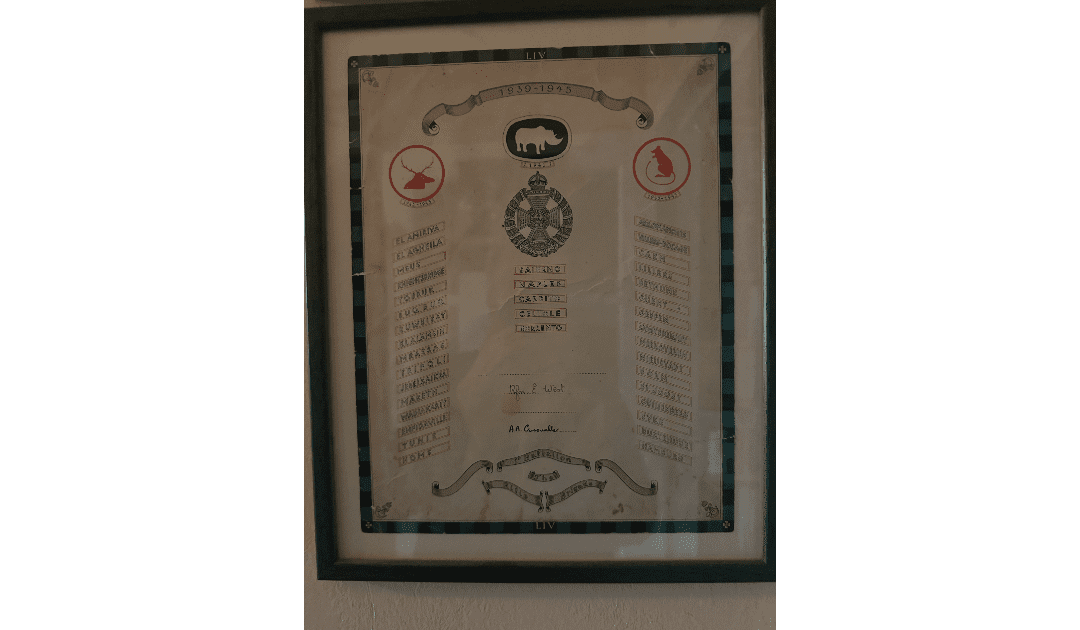The First Battle of El Alamein, fought between 1st and 27th July 1942, marked a pivotal moment in the North African Campaign of the Second World War. Situated near the coastal town of El Alamein in Egypt, this battle saw the British Eighth Army, under the command of General Claude Auchinleck, halt the advance of Axis forces led by German Field Marshal Erwin Rommel, famously known as the “Desert Fox.”
In the months leading up to the battle, Rommel’s Afrika Korps had achieved a series of victories, pushing the British forces back across Libya and into Egypt. The strategic importance of El Alamein lay in its geographical location; it was flanked by the Mediterranean Sea to the north and the Qattara Depression to the south, creating a natural bottleneck that limited manoeuvrability. This terrain neutralised Rommel’s typical reliance on rapid, sweeping armoured movements and forced the confrontation into frontal engagements.
Rommel’s goal was to capture Alexandria and the Suez Canal, key to controlling Middle Eastern oil supplies and maintaining lines of communication. The British, aware of the dire stakes, established strong defensive positions, including extensive minefields and fortified lines, known as the “Devil’s Gardens.”
The battle commenced with Rommel launching a series of aggressive attacks aimed at breaking through the British defensive lines. Despite initial gains, Axis forces encountered fierce resistance. The British Eighth Army, bolstered by fresh Australian, South African, Indian, and New Zealand divisions, effectively utilised artillery and anti-tank weapons to blunt Rommel’s assaults.
Throughout July, intense fighting raged along the Ruweisat Ridge, Tel el Eisa, and other key positions. Both sides suffered significant casualties, with the harsh desert conditions adding to the soldiers’ hardships. Auchinleck personally took command after relieving General Neil Ritchie, reorganising the British defences and implementing counter-offensives that gradually eroded Axis momentum.
One of the key turning points was the successful defence of the El Alamein line and the effective containment of Rommel’s forces. Auchinleck’s strategy focused on attrition, knowing that Rommel faced logistical challenges, including stretched supply lines and dwindling resources. The Royal Navy’s control of the Mediterranean further disrupted Axis supply routes, exacerbating these issues.
By late July, Rommel’s offensive had stalled. Exhausted, low on supplies, and unable to achieve a breakthrough, the Axis forces were forced into a defensive posture. Auchinleck, though unable to deliver a decisive counter-blow, had achieved his primary objective: halting the Axis advance into Egypt.
The First Battle of El Alamein was a strategic victory for the Allies. It prevented the Axis from gaining control of Egypt and the Suez Canal, maintaining a critical supply route for the British Empire. Moreover, it set the stage for the Second Battle of El Alamein later that year, where under General Bernard Montgomery, the British would launch a decisive offensive that turned the tide of the North African Campaign. It was at the second battle that one of my father’s officers, Lt. Col Vic Turner, earned the Victoria Cross.
In retrospect, the battle showcased the resilience of the Allied forces and the limitations of Axis logistics. It also highlighted the importance of leadership, terrain, and supply lines in modern warfare. The First Battle of El Alamein remains a testament to the strategic significance of holding one’s ground against formidable odds.

